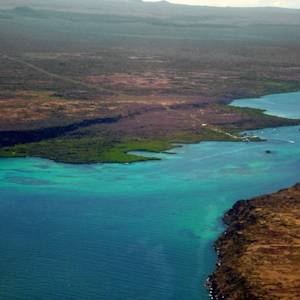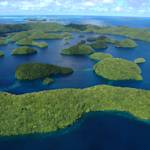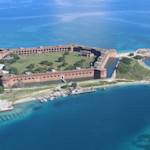Arctic National Wildlife Refuge, America's largest
1980 CE • Alaska
"America's largest and northernmost refuge covers a huge swath of remote lands and waters in the northeast corner of Alaska, including the homelands of the Iñupiat people of the north coast and the Gwich'in people of interior Alaska and northwest Canada . . . Stretching 200 miles from the Arctic Ocean south over the Brooks Range and into the boreal forest of the Yukon River basin, this 19.64-million acre refuge encompasses five different ecological regions: coastal marine, coastal plain tundra, alpine tundra, forest-tundra transition, and boreal forest. These lands and waters are home to some of the most diverse and spectacular fish and wildlife in the arctic, from polar bears to caribou, Dall sheep, muskox, salmon-sized Dolly Varden char, and Arctic Grayling. Birds from all over the world come here to breed, feed, and rear their young. Conserving these populations and their habitats in their natural diversity is a purpose of the refuge." Despite these ecological values, the refuge has faced persistent threats of oil and gas exploration, prompting debates between conservationists advocating for its protection and proponents of energy development.
"Arctic National Wildlife Refuge," U.S. Fish & Wildlife Service.
Image Source: Arctic National Wildlife Refuge, Flickr via Hillebrand/USFWS


Learn about Maya Lin’s fifth and final memorial: a multi-platform science based artwork that presents an ecological history of our world - past, present, and future.

Discover ecological histories and stories of former abundance, loss, and recovery on the map of memory.

Learn how we can reduce our emissions and protect and restore species and habitats – around the world.

See how art can help us rethink the problems we face, and give us hope that each one of us can make a difference.

Help make a global memorial something personal and close to home. Share your stories of the natural world.


